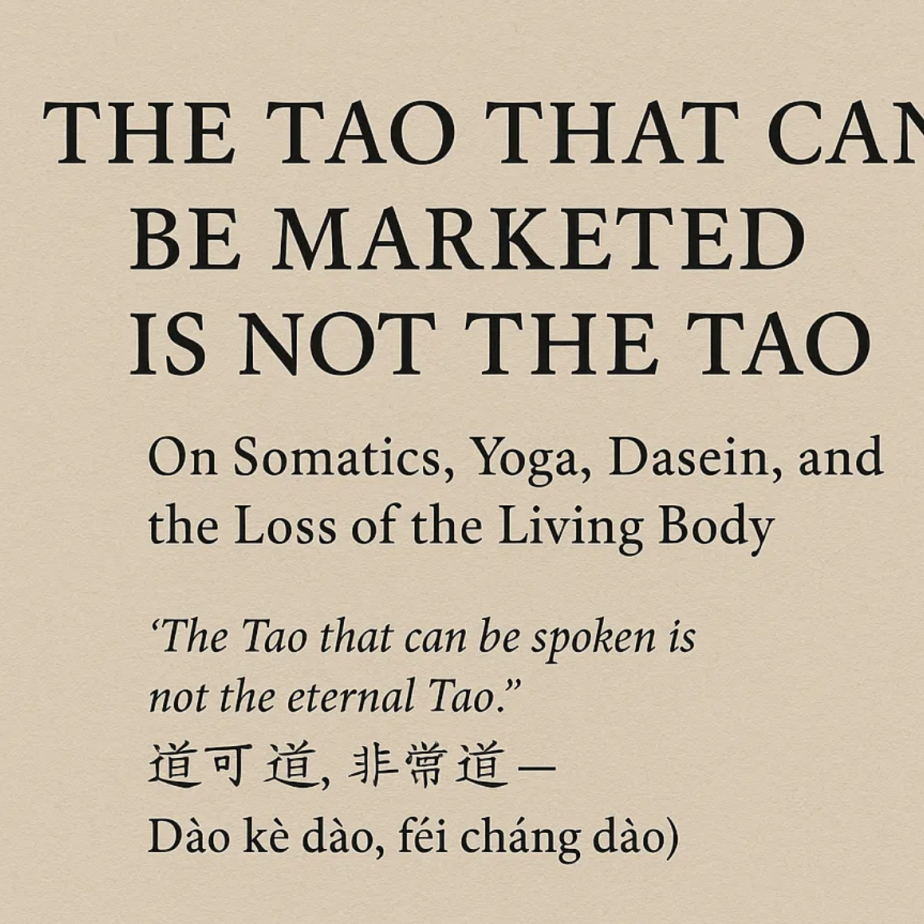The Way of Resilience – Or How to Change the World, One Breath at a Time
Beth Pettengill Riley, RSME, RSMT
SOMATIC EDUCATOR | CONTINUUM TEACHER
Bryan Stevenson, author of Just Mercy, has gotten a lot of recent airplay in the educational circles in which I have traveled for the past 40 years. Deservedly so. Flowing in and out of academic settings while simultaneously practicing and teaching The fluid body practices of Continuum and Yoga has given me a pulse read on the culture-at-large and the challenges that lay ahead with a degree of clarity that would have otherwise been impossible.
While Emilie’s teachings have always been profound, the direct application of Continuum became somewhat illusive in the world of the high school and college age students I was teaching, especially with the onslaught of digital technology and smart phones.
Interestingly, Stevenson is brilliantly coming in through a different door to the same truths we know from our years of practice and our understanding that the body itself is movement and the fact that all movement begins with inhaling and exhaling. How do we continue to nurture the flourishing of human life?
Stevenson lists his 4 (not so easy) steps to change the world – which I have translated into Continuum principles:
- Get Proximate – How close can we get to our own and others vulnerabilities? Can we continue to invite ourselves into the direct experience of our felt sense of aliveness and outrage that courses through our blood and bones sometimes hourly. Working with populations that have not ”drunk the kool-aid” has given me compassion for the universal presence of human struggle. So, getting proximate to self and other is key to allowing a free flow of movement information to occur to inform and to consider.
- Change the Narrative – in a moment of pausing in a Continuum dive, we always have an opportunity to change the cellular narrative…the cellular narrative conglomerates into a tissue narrative, the tissue narrative into an organ narrative, the organ narrative coalesces into a systemic narrative etc. Can we entertain and sustain movement, sensations and ways of feeling and thinking that offer the unexpected to occur – a new narrative if you will?
- Do Uncomfortable Things – this is a basic resilience ingredient. While spending days in wilderness settings is often the choice in education for youth, and a wonderful one, how do we as Continuum teachers follow the nourishment of the present moment while allowing discomfort to arise and be met by the inhalation? Noticing discomfort as a sensation giving information brings us to an understanding of the dangers of always being too comfy. Hello broadband virtuosos!
- Stay Hopeful – this one is the most dicey. Hope is not static. Hope is alive and is renewed by the awe we can experience in our practice. Moving and inquiring into the creativity and on-going presence of life moving in our bodies is hopeful…not so much at the level of culture/society but at the level of the natural world which will continue, despite our human foibles. To quote Bryan Stevens: “Your hope is your superpower” !
To sum it up: Resilience is, at the heart, the fruit of our practice. Do not lose hope. We are needed now more than ever to enter the experience of our own bodies as intelligent life and as an affirmation of an on-going and meaningful existence in the presence of our greatest health, alone and together.



